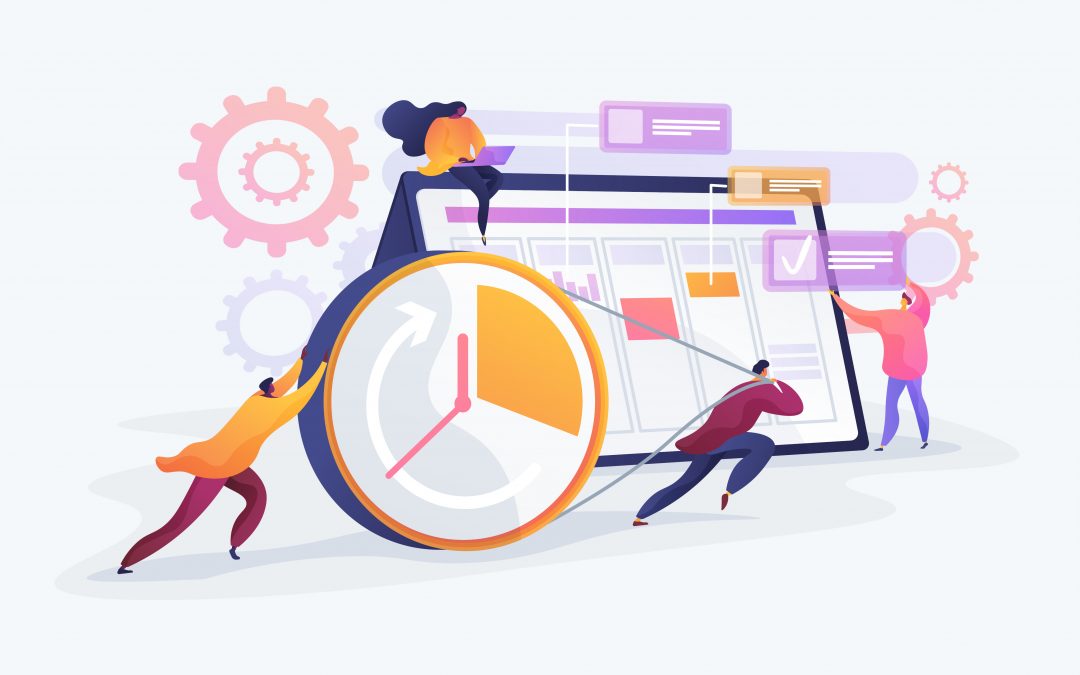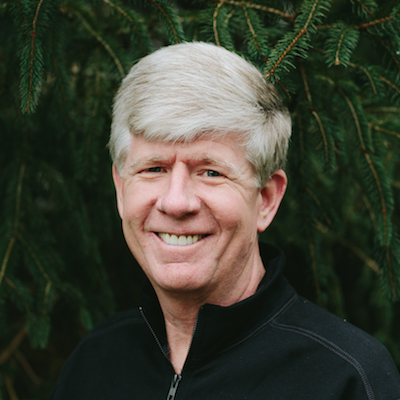As we’ve walked through the definition and the purpose of leadership, we can see how those relate to different organizational models. So now, let’s talk about the five stages of building an organizational model. My guess is, if you’ve ever read a book on leadership or if you’ve ever been to a leadership training, you’ve heard some of this before, and it may have sounded a lot like mumbo-jumbo with people just saying here are the five stages of building a team.
So what we say may sound somewhat like the five stages you’ve heard before. The difference is this: I believe if you pay real close attention, you’ll see some important differences. At the very beginning any time I start talking about leadership, I always talk about what I call the leadership cake. Many people have lots of theory around leadership and want to make that leadership cake, but they don’t have the tools, ingredients, and the recipe to do it. What I’m going to talk to you about now is actually just those things, and when we talk through the five stages, we’ll see that each stage has very specific tools, ingredients, and behaviors in the recipe to be able to check the box to be able to get through that stage and on to the next.
Before we begin, please hear this really clearly. I’m talking to you as the leader of the group that you have influence with. You can call that the boss if you wish, but that’s who I’m talking to. And I’m talking about intentionally using these tools. These tools and ingredients can stay in your recipe file forever. If you don’t intentionally walk them out, they’re absolutely useless.
5 Stages to Building Teams
Stage One – Visionary Model
Stage One is what we call the Visionary Model. Safety is a key ingredient. When that visionary stage is in place, it looks like the top down control leadership model, but we have renamed it. It’s not command-control or top down. We renamed it Visionary. What happens in that stage? We can talk to each other openly and honestly to each other because there is a safe environment to do that. Discomfort disappears, and trust is developed among the team. The anxiety of working under a controlling, top down leadership is eliminated.
Stage Two – Servant Leadership Model
We call this the Cohesive Model. This stage is where the leadership takes place through serving, teaching, training, and equipping. What are the characteristics of this stage? We start accepting one another and each other’s roles even though, still at this stage, the roles may not yet be clearly identified as yet. But as we learn to trust each other in those roles, that trust that we had in Stage One is further developed and cohesiveness takes place.
Stage Three – Functional Responsibility Model
That takes us to Stage Three that we call Functional Responsibility where role clarity happens. This stage is where we can start delegating and empowering. What’s the definition? Each person now accepts the responsibility for his or her own thoughts, feelings, and actions. Each person’s role is now clearly identified, and the team members become concerned about each other and the other departments in the organization. They also are concerned about the feelings of the people in the other departments, and not just their own.
Stage Four – Relactional Model
That leads us to Stage Four where the relationships are getting even stronger. We call this stage the Relactional Model where people are empowered and let go to do what they are supposed to do, where now the transactions and the relationships start intersecting and coming together. In this stage, we can fully empower. We can let go. What are some defining characteristics? We can examine individual, group, and the organization’s concerns free of fear and threat.
Stage Five – Continuous Improvement Model
When that environment develops in Stage Four, that leads to Stage Five that we call Continuous Improvement where we evaluate progress. Now we’re letting go because we’re fully empowered, and we’re evaluating. What happens here is the groups and individuals now not only take responsibility for their own thoughts, feelings, and behavior, but they pursue newer and better thoughts, feelings, and actions. And we call that bubble jumping. As the group and as the individuals both inside and beyond their group learn these tools, when a situation occurs that just bursts everything wide open, people are able to jump to another bubble situation and deal with issues that have risen.
In this place, we literally can learn to play and plan and work and enjoy each other all at the same time. Why? Because whether we’re talking about companies, sports teams, or families, each group is functioning at a much higher and more effective level. Here, we’re making good, hard decisions that have to be made to be able to make the company more functional and more profitable, to be able to make the sports team better winners and more successful, or to make the family not dysfunctional, but more functional.
These tools, these behaviors, this recipe manual work in all those different spheres of society. Because of the limited scope of this blog, I haven’t gone into greater detail about all the characteristics of each stage and each model. There are many more that we haven’t talked about here, but as we continue thinking about organizational growth, you’ll begin to see many more of the tools and ingredients that define each stage and each model.
Ford Taylor is a leadership strategist, keynote speaker, and the author of Relactional Leadership. As the Founder of Transformational Leadership, he is known as a man who can solve complex business issues, with straightforward practical solutions, while maintaining his focus on people.



